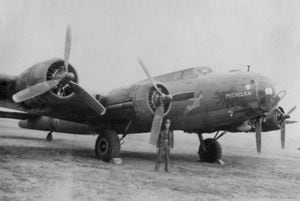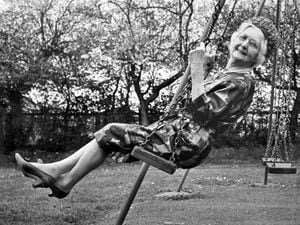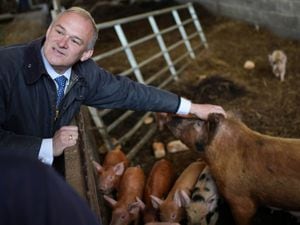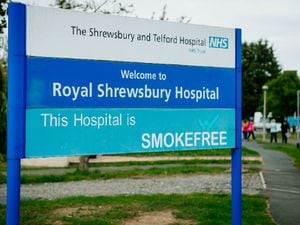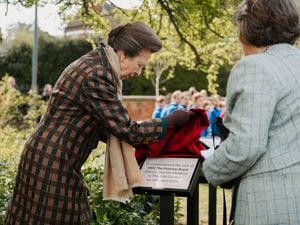In pictures: Shropshire's busy RAF airfields which saw triumph and tragedy
Today there is traffic and birdsong – but 80 years ago airfields at Atcham and High Ercall reverberated to the roar of powerful fighting machines taking to the skies.
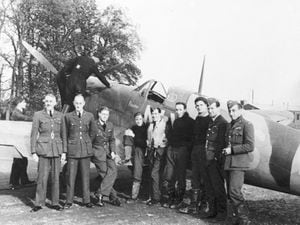
Thousands of young men and young women from many nations served there, and tragically the dangerous business of flying meant that some never returned home to their loved ones.
Atcham carved a sad place in history as the scene of the first European air fatality for America's famous Eighth Air Force, when First Lieutenant Al Giacomini crashed while coming in to land in a Spitfire in June 1942.
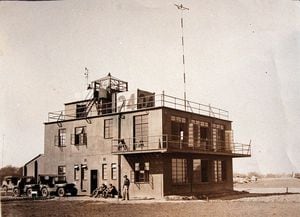
It also played a significant part in Belgium's wartime history, as in 1941 there was a squadron with a Belgian flight at Atcham who would later form the core of the all-Belgian 350 Squadron.
A wartime planespotter could have seen an amazingly wide range of aircraft, including a rare visit by captured German planes, but two main types are particularly associated with Atcham – the Spitfire, and the American P-47 Thunderbolt fighter.
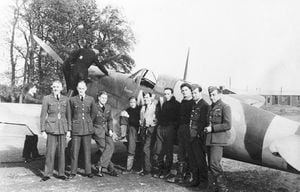
Opened in August 1941, RAF Atcham started life as a front line RAF airfield housing Spitfire squadrons, although the eager pilots hoping to engage the enemy found themselves chasing shadows.
It had three runways overlooked by a control tower and a hub of main technical and administrative buildings and hangars on what is today the site of Atcham Business Park. Hutted accommodation was widely dispersed in the surrounding area.
Then, in 1942, the base was handed over to the Americans, which was a two-way cultural shock. The Americans initially flew the legendary British Spitfire, but in December 1943 a training unit was formed flying the P-47 Thunderbolt. The base was returned to the RAF just before the end of the war and closed in 1946.
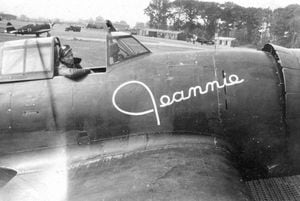
RAF High Ercall had arguably the most varied and interesting history of all Shropshire airfields. It opened in 1940 and during the Blitz hosted Beaufighter nightfighters which claimed five Luftwaffe bombers shot down, although it was not all one way as in March 1941 a German raider bombed and shot up the aerodrome, albeit with little damage and no casualties.
With airborne interception at night being extraordinarily difficult the base also housed a top secret unit comprising a Havoc light bomber which had a powerful searchlight fitted in its nose, the idea being it would illuminate the German aircraft which would then be shot down by an accompanying fighter. The venture did not work well and was in any event rendered obsolete by improvements in radar.
Aircraft at High Ercall included Spitfires, Hurricanes, Typhoons, American fighters and later in the war Mosquitoes training crews for operations in Europe.
As at Atcham, tragedy was never far away, such as when a decorated war hero pilot took his young wife up in a Mosquito but crashed into the main runway, killing both and leaving an orphaned baby.
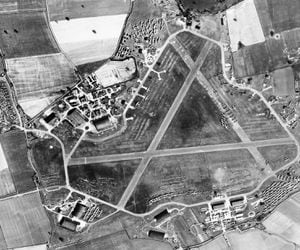
At war's end the base and surrounding fields became a huge aircraft graveyard as around 1,700 surplus aircraft, including four engined bombers, came to High Ercall to be scrapped – or sold. One enterprising aviator, Geoffrey Wikner, bought one of them, a Handley Page Halifax bomber, and flew it all the way back to his native Australia with his family and paying passengers in 1946.
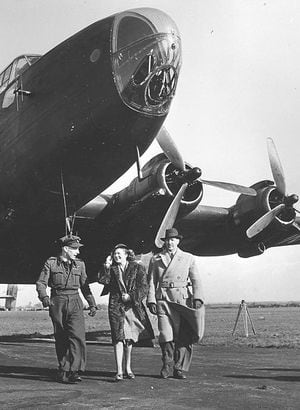
According to former staff at High Ercall's civilian arm, 29 Maintenance Unit, the last planes left there in February 1957 and vehicles were then kept there. The unit finally closed in February 1962 and since then the site has seen a variety of uses, with the surviving hangars prominent features on the rural landscape.
The control towers at both Atcham and High Ercall have long been demolished, and the runways dug up, although at Atcham the B4394 road past the business park runs dead straight for several hundred metres, having been built on the old main runway.
